Related Research Articles

Sir James Edward Smith was an English botanist and founder of the Linnean Society.
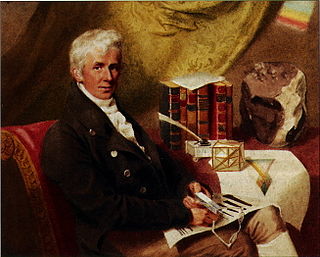
James Sowerby was an English naturalist, illustrator and mineralogist. Contributions to published works, such as A Specimen of the Botany of New Holland or English Botany, include his detailed and appealing plates. The use of vivid colour and accessible texts were intended to reach a widening audience in works of natural history. The standard author abbreviation Sowerby is used to indicate this person as the author when citing a botanical name.
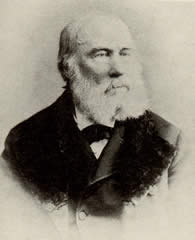
Walter Hood Fitch was a botanical illustrator, born in Glasgow, Scotland, who executed some 10,000 drawings for various publications. His work in colour lithograph, including 2700 illustrations for Curtis's Botanical Magazine, produced up to 200 plates per year.
Lilian Suzette Gibbs (1870–1925) was a British botanist who worked for the British Museum in London and an authority on mountain ecosystems.

The Botanical Magazine; or Flower-Garden Displayed, is an illustrated publication which began in 1787. The longest running botanical magazine, it is widely referred to by the subsequent name Curtis's Botanical Magazine.
The history of phycology is the history of the scientific study of algae. Human interest in plants as food goes back into the origins of the species, and knowledge of algae can be traced back more than two thousand years. However, only in the last three hundred years has that knowledge evolved into a rapidly developing science.

Anne Pratt was a botanical and ornithological illustrator and author from Strood, Kent.

Mordecai Cubitt Cooke was an English botanist and mycologist who was, at various points, a London schoolteacher, a Kew mycologist, curator at the India Museum, journalist and author,. Cooke was the elder brother of the art-education reformer Ebenezer Cooke (1837–1913) and father of the book illustrator and watercolour painter William Cubitt Cooke (1866–1951).

Philip Furley Fyson (1877–1947) was a botanist and educator who worked in India. He is noted as the author of the first illustrated volumes on the flora of the South Indian hills. The Fyson prize is instituted in his honour by the Presidency College, Chennai for work in the area of Natural science.
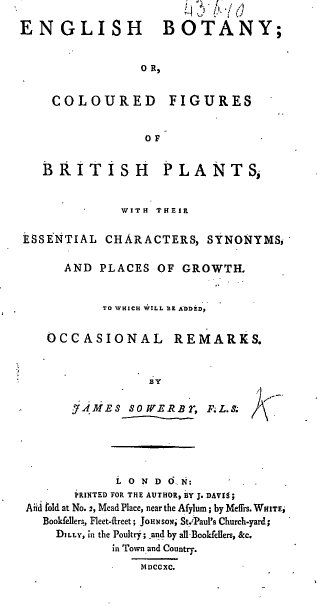
English Botany was a major publication of British plants comprising a 36 volume set, issued in 267 monthly parts over 23 years from 1790 to 1814. The work was conceived, illustrated, edited and published by the botanical illustrator and natural historian, James Sowerby. The brief formal technical descriptions were mostly supplied by the founder of the Linnean Society, Sir James Edward Smith. Initially Smith had declined to have his name associated with the work as he considered that his professional co-operation with a socially inferior artisan such as Sowerby might degrade his standing in higher circles. However, following the phenomenal public success and general acceptance by the professional class of the work he insisted that the title page of the fourth and succeeding volumes credited the work to his name with Sowerby named solely as the illustrator. The work, however, continued to be generally referred to as "Sowerby's Botany". In spite of this abuse of their social class differences by Smith, the two men were good friends and happily worked together on several projects over many years. The work was printed by J. Davis, London; initially on Edmeads and Pine laid paper.

James Andrews (1801–1876) was an English draughtsman, botanical painter and illustrator noted for his accomplished illustrations. He also taught flower-painting to young ladies. He created the illustrations for the famous nature writer Sarah Bowdich Lee's 1854 book Trees, Plants, and Flowers: Their Beauties, Uses, and Influences.

Isaac Henry Burkill was an English botanist who worked in India and in the Straits Settlements. He worked primarily in economic botany but published extensively on plant biology, ethno-botany, insect-plant interactions and described several species. He published a two volume compilation on the plants of economic importance in the Malay Peninsula, collating local names and knowledge. He also wrote a detailed history of botany in India. The plant genera Burkillia and Burkillianthus were named in his honour.

James Eustace Bagnall ALS was an English naturalist with a particular interest in botany, especially bryology. He was the author of the first Flora of Warwickshire (VC38) in 1891. A noted bryologist, he wrote the Handbook of Mosses in the Young Collector Series, various editions of which were published between 1886 and 1910.
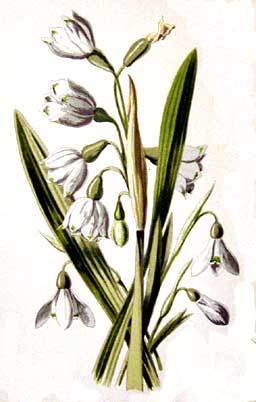
Frederick Edward Hulme was known as a teacher and an amateur botanist. He was the Professor of Freehand and Geometrical Drawing at King's College London from 1886. His most famous work was Familiar Wild Flowers, which was issued in nine volumes.

William Hunt Painter was an English botanist who made a significant contribution to the science of Derbyshire vascular plant flora. He was a keen and wide-ranging collector of plant specimens, and was a member of the Botanical Exchange Club. In 1889 he published the first in a series of four books, all by different authors and spanning 120 years, all called The Flora of Derbyshire.
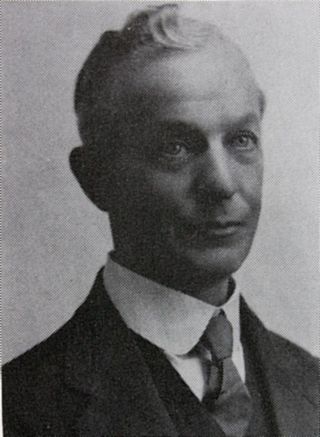
Charles Edward Moss, was an English-born South African botanist, the youngest son of a nonconformist minister, and is noted for being the editor of the first two parts of The Cambridge British Flora published in 1914 and 1920. The Cambridge British Flora, under the editorship of Moss, was intended to be a ten-volume survey of the flora of Britain, with contributions by specialists in particular genera. The two volumes that saw publication were of a very high standard, but the project was subsequently abandoned.
Job Edward Lousley was a banker by career, a renowned amateur botanist and an author of many publications including ″Wild Flowers of Chalk and Limestone″ in the New Naturalist series and the first flora of the Isles of Scilly published in 1971.
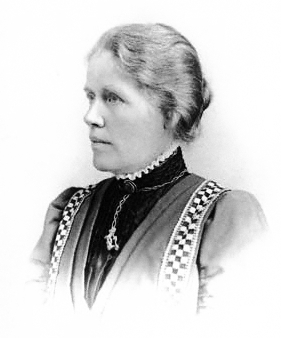
Margaret Jane Benson was an English botanist specialising in paleobotany, and one of the first female members of the Linnean Society of London. Most of her career was spent as the head of the Department of Botany at Royal Holloway College, University of London from 1893 to 1922. In 1927, a botanical laboratory was dedicated in her name. She travelled extensively with Ethel Sargant, collecting specimens, laboratory equipment, and meeting other botanists around the world. Her students included Dame Helen Gwynne-Vaughan, Theodora Lisle Prankerd, Nesta Ferguson, and Emily Mary Berridge.
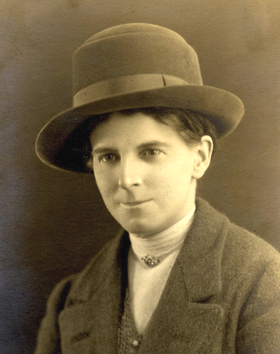
Eleanor Vachell (1879–1948) was a Welsh botanist who is remembered especially for her work identifying and studying the flora of Glamorgan and her connection with the National Museum of Wales where she was the first woman to be a member of its Council and Court of Governors. The museum now holds her botanical diary, notes, books, records and specimens.
Jean Annette Paton is a British botanist, bryologist and botanical illustrator. She has written many books on the bryology of the United Kingdom and the flora of Cornwall, and described several new species.
References
- 1 2 Adams, H. Isabel.; Adams, H. Isabel; Bagnall, James E. (1907). Wild flowers of the British Isles (Rev. / by James B. Bagnall. ed.). London: London Book Co. Ltd.
- ↑ Hoban, Sally (September 2013). "THE BIRMINGHAM MUNICIPAL SCHOOL OF ART AND OPPORTUNITIES FOR WOMEN'S PAID WORK IN THE ARTS AND CRAFTS MOVEMENT 1885–1914" (PDF). pp. 169, 173.
- ↑ "Proceedings of the Linnean Society of London v.116-120 (1903:Nov.-1908:June)". HathiTrust. hdl:2027/nnc1.1000749940 . Retrieved 23 November 2020.
- ↑ "Proceedings of the Linnean Society of London. c.1 v.118-122 1905-10 Nov-Jun". HathiTrust. Retrieved 1 December 2020.
- ↑ Botanical Society and Exchange Club of the British Isles.; Isles, Botanical Society and Exchange Club of the British (1929). Report / Botanical Society and Exchange Club of the British Isles. Vol. v.9(1929-1931). Arbroath.
- ↑ Adams, H. Isabel.; Adams, H. Isabel; Bagnall, James E. (1910). Wild flowers of the British Isles. Vol. v.2 (1910) (Rev. / by James B. Bagnall. ed.). London: London Book Co. Ltd.
- ↑ "BOTANY, BIRDS, AND ANGLING* THOSE of our readers who combine » 7 Sep 1907 » The Spectator Archive". The Spectator Archive. Retrieved 23 November 2020.
- ↑ "Wild Flowers of the British Isles". Nature. 85 (2144): 134. 12 January 1910. Bibcode:1910Natur..85Q.134.. doi: 10.1038/085134a0 . ISSN 1476-4687. S2CID 3967616.